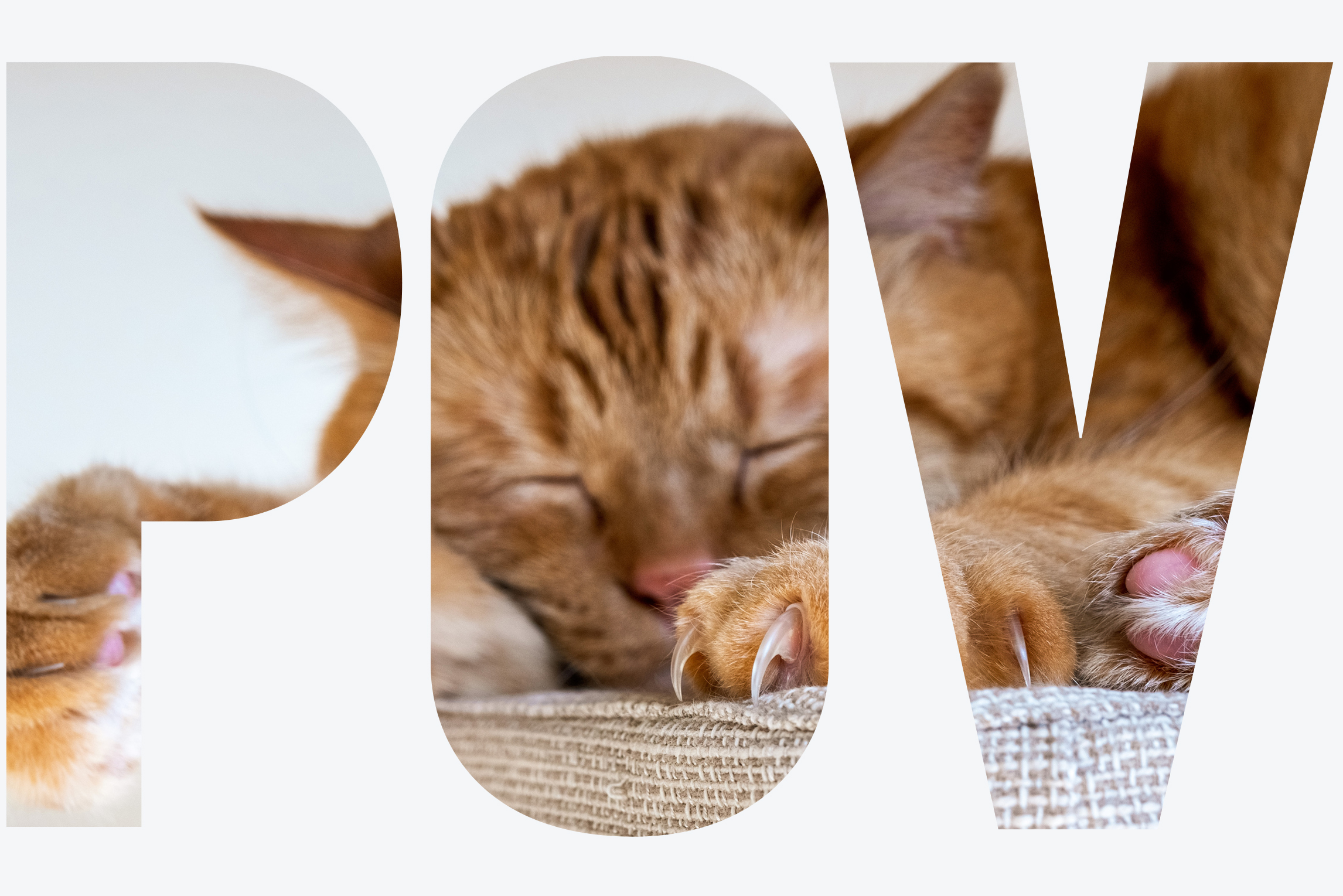POV: Declawing Cats is a Drastic Measure that Can Lead to Unforeseen Harm
Massachusetts lawmakers are currently debating a bill that would prohibit this common procedure

Photo by Andrei Stanescu/iStock
POV: Declawing Cats Is a Drastic Measure. So Why Do People Do It?
Massachusetts lawmakers are currently debating a bill that would prohibit this common procedure
As an enticing red laser pointer flitters across the ground in front of a cat, he must make a difficult decision: either pounce upon first sight of the light, or lie in wait until his move is unsuspected. Much like this cat’s daunting choice, cat owners must also make a decision—this one about the future of their felines’ claws.
New York recently became the first state to ban surgical declawing of cats and now Massachusetts lawmakers are debating their own bill. The declawing procedure has been strongly opposed by animal activists for years, but it remains common practice among American households.
An aspiring veterinarian and avid shadow in vets’ offices, I have personally observed the procedure on a number of cats. As with any pet procedure, the risks increase proportionally with age.
The surgery requires the severing of the dorsal elastic ligament and the collateral ligaments with a scalpel in order to completely remove the entire third phalanx—essentially equivalent to the third and outermost joint of our fingers. Just as the tips of our fingers contain our unique and essential fingerprints, cats’ claws are a part of their identity: they use them to mark territory, stretch their muscles, and even walk. Unlike most mammals that walk on their heels and soles, cats walk on their toes; therefore, when a cat is declawed, its gait changes entirely and it can create intense discomfort and arthritis.
Imagine having to relearn how to walk—this task can cause misalignment in a cat’s leg, back, and shoulder muscles, prompting the paws to hit the ground at an unnatural angle. This, in turn, causes back pain that is comparable to that experienced by humans wearing unsupportive shoes.
The recovery time is reflective of the degree of severity of the surgery—in comparison to a regular spay or neuter procedure, it requires heavier anesthetic doses, heavy bandaging, as well as an overnight stay. Declawed cats also express more behavioral issues, such as biting and house-training regression. A cat’s claws are its first line of defense; without claws, the last resort of a bite can be its only alternative. Meanwhile, a cat recovering from a declaw surgery can lead to more accidents outside of the litter box, as the traditional litter is painful to a freshly declawed paw. Swapping out the litter for a softer alternative during this time period might work, but it also might frighten the cat and further deter its return to normalcy.
I have not only observed the procedure and recovery, but have heard owners’ reasons behind wanting the surgery as well. Reasons range from saving furniture to having children in the house. Many alternatives to this drastic measure exist, such as buying a scratching post, placing plastic claw covers over the nails, or even trimming the claws.
While all ethical signs point to the ban of the dreaded declaw, the reality is harsh: waiting lists at shelters are a mile long for declawed cats, nursing homes require residents’ cats to be declawed upon move-in, as some owners have compromised immune systems and cannot risk infection from a scratch. The New York State Veterinary Medical Society opposes the ban, and believes that it should be a viable option only when all other attempts have been exhausted. When there is a decision to be made between declawing a cat or surrendering to euthanasia or a shelter, I believe that the owner should seek counsel from a licensed veterinarian and ask themselves if they should even accept the responsibility of feline guardianship.
As Massachusetts debates this bill, and consequently, the future of its felines, lawmakers must examine both sides of the issue. Under the New York bill, the surgery can be performed only in cases of feline infection or injury, but I believe that the health and wellness of the owner and the advice of the veterinarian on a case-by-case basis are also crucial factors. The New York State Veterinary Medical Society continues to oppose New York’s choice to ban the procedure, and even claims that it does not eliminate the practice, but encourages owners to simply travel across state lines in order to have the procedure done.
Here in Massachusetts, lawmakers must decide to either pounce upon the red laser dot and sign the bill, or lie in wait and observe as the effects of the New York ban become clear.
“POV” is an opinion page that provides timely commentaries from students, faculty, and staff on a variety of issues: on-campus, local, state, national, or international. Anyone interested in submitting a piece, which should be about 700 words long, should contact John O’Rourke at orourkej@bu.edu. BU Today reserves the right to reject or edit submissions. The views expressed are solely those of the author and are not intended to represent the views of Boston University.
Comments & Discussion
Boston University moderates comments to facilitate an informed, substantive, civil conversation. Abusive, profane, self-promotional, misleading, incoherent or off-topic comments will be rejected. Moderators are staffed during regular business hours (EST) and can only accept comments written in English. Statistics or facts must include a citation or a link to the citation.